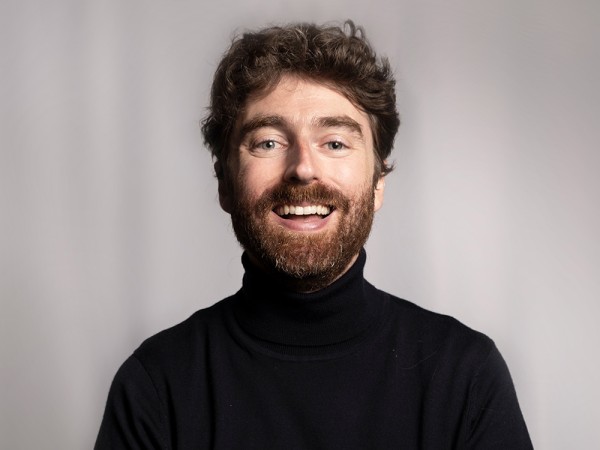The city of Lausanne is about to take a big leap into the future of water management with the introduction of SEMAplus, an innovative tool for forecasting the deterioration of sewer and water networks. Developed in close collaboration between Berliner Wasserbetriebe and KWB this innovative software solution is set to revolutionize the way water systems are maintained for future generations and is currently used in Berlin for over 10,000 km of sewer network to optimise the annual financial planning of sewer rehabilitation.
The problem of ageing water and sewer networks requiring substantial investments for rehabilitation is finally being addressed in a new way with the introduction of SEMAplus. This machine learning-based software solution provides rapid and accurate information to localise urgent rehabilitation needs and offers a foundation for long-term investment planning. With only a limited amount of inspection data required, SEMAplus is set to make the process of maintenance planning much easier.
In Lausanne, SEMAplus will be implemented and completed to specific needs. The main objective is to provide a tool which integrates asset management from the collection of data in the field (CCTV inspection of sewer or localisation of pipe failures) and prioritises pipe replacement. The tool will further be extended through a new module that automatically rates the conditions of the pipes based on sewer inspection reports by CCTV cameras. After model deployment, the result is a list of all inspected and uninspected sewer pipes, ranked and sorted by their immediate need for rehabilitation.
SEMAplus will also incorporate new machine learning techniques to improve the accuracy of predictions. Modelling accuracy is of high relevance here as results can be used immediately to decide on local construction. A specific module is also being developed for prioritising the rehabilitation needs of pipes according to the risk and consequences of failure. The underlying analysis is performed in close collaboration with experts from the French research institutes Institut National de la Recherche Agronomique (INRAE) and Institut National Des Sciences Appliquées Lyon (INSA). It will allow additional impact or vulnerability criteria to prioritise rehabilitation investment (e.g. under high-traffic streets or in resource protection areas) to be considered.
At a strategic level, SEMAplus will be used in Lausanne to simulate the evolution of the network's condition over the next decade. This simulation will give new leverage to the city to justify the relevance of the proposed investments. Finally, for the drinking water network of Lausanne, the existing tool for the asset management of the water network will additionally be upgraded and integrated into SEMAplus.
SEMAplus is set to transform the asset management of sewer and water networks in the city of Lausanne, providing rapid and accurate information to localise urgent rehabilitation needs and create a foundation for long-term investment planning.


